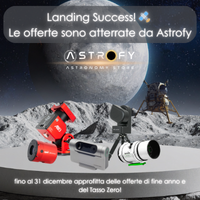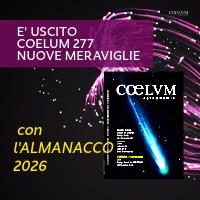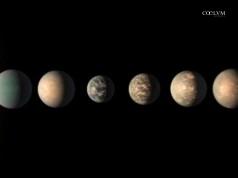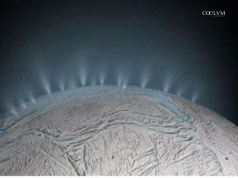The Transfer Lunar Injection is one of the most critical phases of the Artemis Mission.
The timing in the ignition of the engines is in fact essential to intercept the Moon along its orbit around the Earth. In this way, the spacecraft can enter the lunar gravitational sphere of influence, a region of space in which the attraction of our satellite is dominant compared to that of the Earth. A delay (or an advance) of a few minutes in the Transfer Lunar Injection maneuver can lead to a trajectory error such that the spacecraft will not enter the lunar gravitational sphere but will be lost drifting beyond the orbit of our satellite. The exact moment in which to start the engines to perform the Transfer Lunar Injection is for this reason calculated with great care by the engineers in the years before the mission, taking into account the lunar motions.
After this real topical moment, the third stage will be abandoned and the phase of the trip, called Transfer Lunar Orbit, will start, which within three days will bring the capsule insight of our satellite. At that point, the engines will be turned on again to slow down the spacecraft and to put it into circumlunar orbit. This maneuver is called Lunar Orbit Insertion.
There may be slightly different trajectories depending on the mission but in any case, the approach used is the one just described for a simple reason: the safety of the crew. In case a malfunction of the propulsion system prevents the spacecraft to enter into lunar orbit, with this type of trajectory the spacecraft will be able to return to earth spontaneously, without the need of any propulsive action but simply using the lunar gravity with a Gravity Assist maneuver. In this case, we speak of the free-return trajectory.
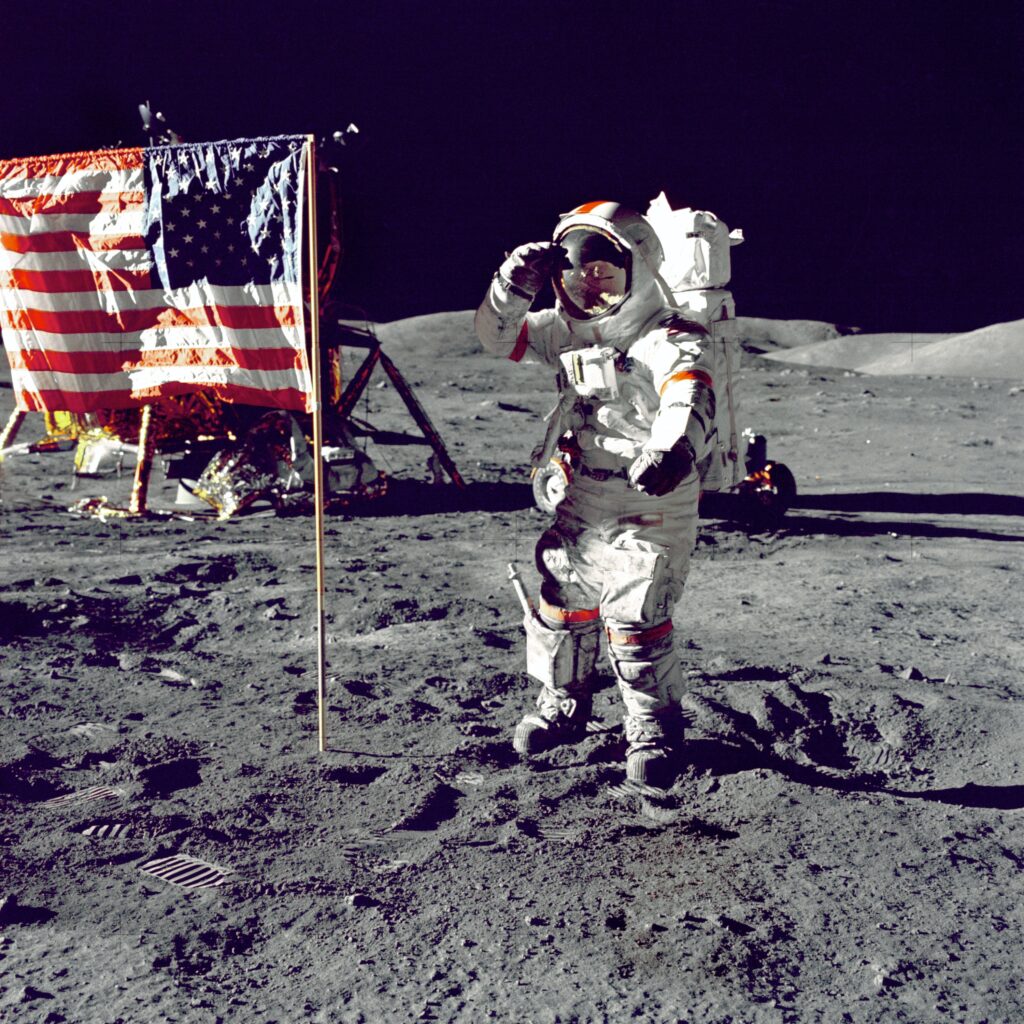
The Apollo missions from 8 to 11 all flew on this type of trajectory, while the subsequent ones used hybrid trajectories. The reason for this change was that the free-return trajectories, while safer, only allowed descent to the Moon at the equatorial region. Since the landing sites of the missions following 11 were located at higher latitudes, it was necessary to adopt this type of solution. In a hybrid trajectory, the spacecraft initially flies a common free-return, but during the crossing it is abandoned to enter an optimal trajectory depending on the desired landing site. As soon as the free-return is abandoned, the spacecraft loses the great advantage of being able to count on a spontaneous return to earth.
The idea behind this strategy, which was used in the Apollo program, was to remain on a free-return orbit until all systems were verified and it was ensured that there was no malfunction. If any anomaly had occurred during these checks, the spacecraft would still have been able to return spontaneously by performing a fly-by with the Moon.
After checking the status of all systems, the free-return was abandoned and the spacecraft would enter on a different trajectory that would allow it to reach the predetermined landing sites. In case some problem occurred in this second phase, it would still be possible to put the spacecraft back on a free-return using the propulsion system of the Lunar Module (LEM), as a backup to the propulsion system of the service module.
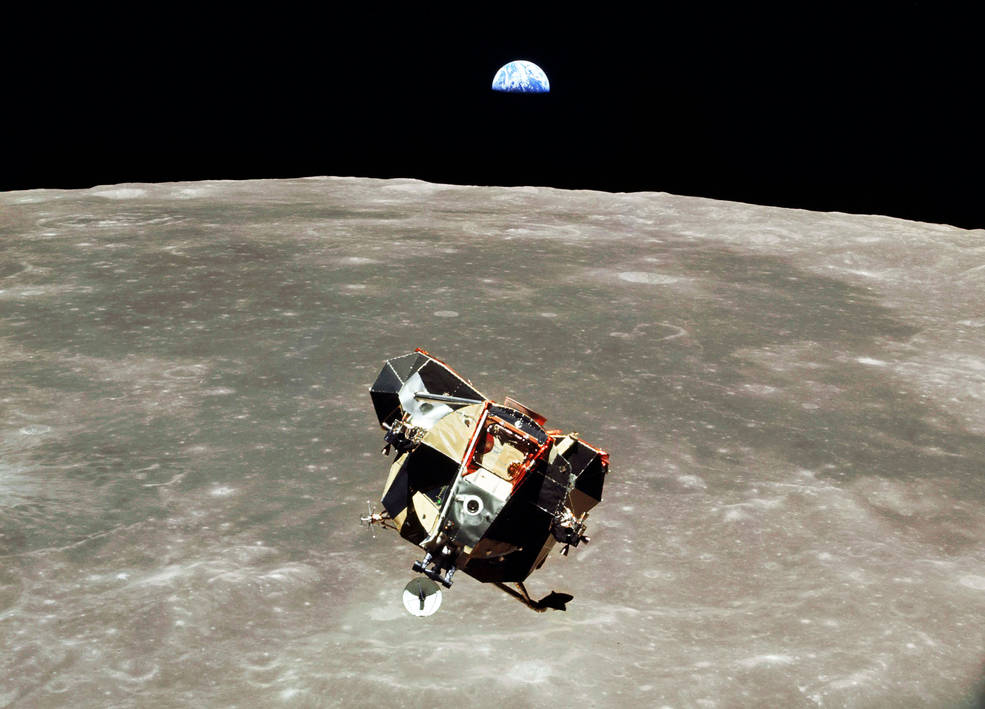
An example of the effectiveness of this strategy is the Apollo 13 accident. In that case, the loss of the command module occurred when the spacecraft had already left the free-return trajectory, so the crew used the Lunar Module to return to it. Actually, on that occasion the LEM engines were turned on also during the spontaneous return, to shorten the return of 10 hours and to move the landing point from the Indian Ocean to the Pacific, where most of the American help was concentrated.
In short, after more than fifty years things have not changed at all; the first Artemis mission will see the Orion capsule reach the Moon using the same trajectories of that time.
With one difference …
… after having circumnavigated our satellite, releasing at the same time the 13 Cubesat satellites, which represent the secondary scientific payload, Orion will enter on a particular orbit, called Distant Retrograde Orbit.
This orbit, never used before, is extremely stable with respect to orbital perturbations because it interacts with the Lagrangian points L1 and L2 of the Earth-Moon system, and it will be the orbit that in the next missions will follow the Lunar Gateway, the Lunar Space Station, which will be built starting from 2023. This station will support all Artemis missions starting from Artemis 4 and will provide support for all future missions to the Moon and then to Mars.
The presence of the lunar station will allow to completely change the approach to landings compared to the Apollo era. In the past, in fact, the spacecraft used by the Apollo astronauts were able to carry a much greater amount of propellant than the Orion. This resulted in a greater thrust provided by the engines that allowed, with the Lunar Orbit Insertion maneuver, to reach a very low lunar orbit, from which to start directly the descent maneuvers. The philosophy of the Artemis program will be instead to dock the Orion with the Gateway on a much higher orbit and from there descend to the surface with a dedicated vehicle (provided by SpaceX).
The orbital variant will take Orion 60,000 km away from the Moon. Thus beating the distance record achieved by Apollo 13 in 1970.
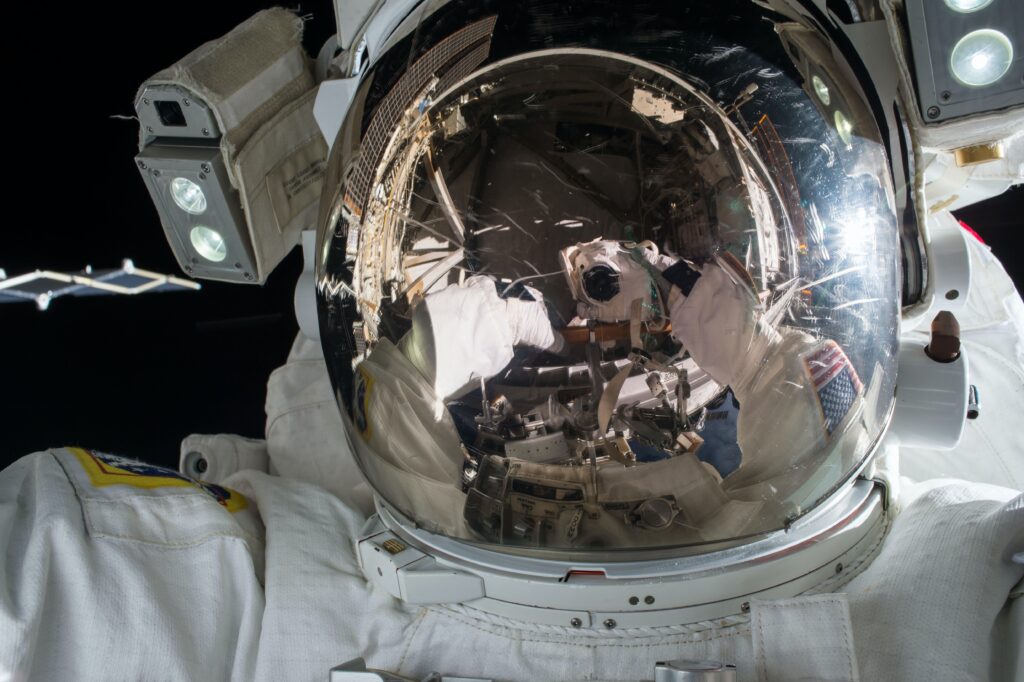
After six days, the Orion capsule will exit the Distant Retrograde Orbit with another lunar flyby, finally pushing it back on course for home.
After the usual three-day journey, near the Earth, the spacecraft will shed its Service Module and dive into our planet’s atmosphere travelling at 11 km per second. The heat shield of the capsule, so far never tested, will have to withstand temperatures of about 2,700 degrees Celsius.
After more than three weeks and a total distance covered over two million kilometers, the mission will end with a landing off the coast of Baja, California.
Will everything go well?
Of course, it will, and from the moment Commander Moonikin Campos emerges safely from the capsule we will begin to count the months until the launch of Artemis II, the mission that will take men to circumnavigate the Moon for the first time since 1972.
A mission that reminds us very closely of the fantastic feat of Apollo 8 at Christmas 1968.
So yes, we are convinced… Everything will be fine.
